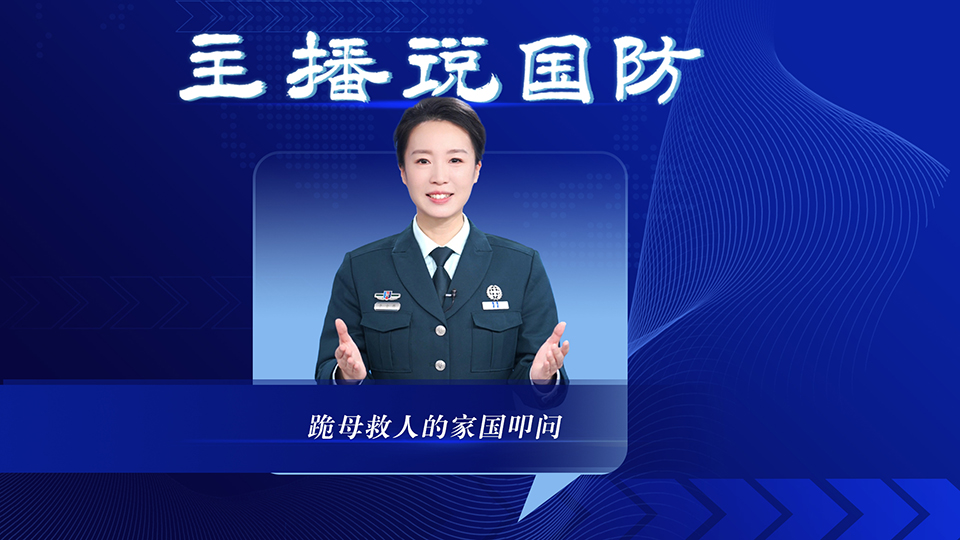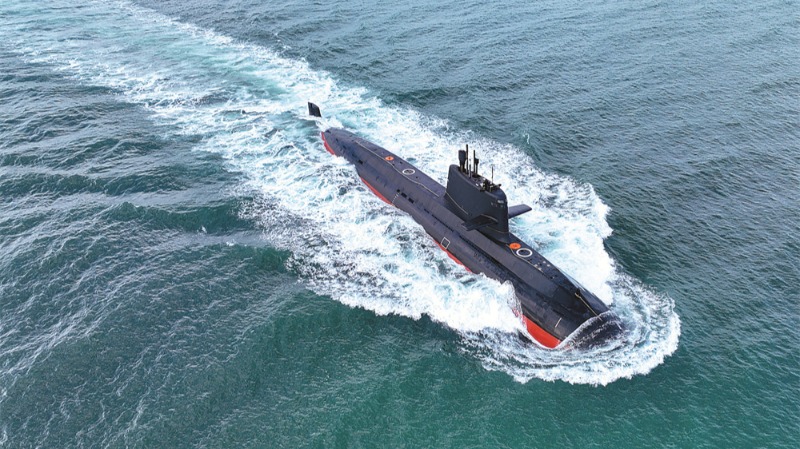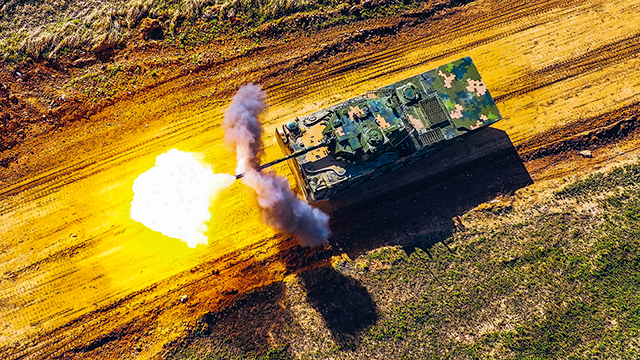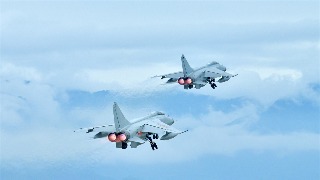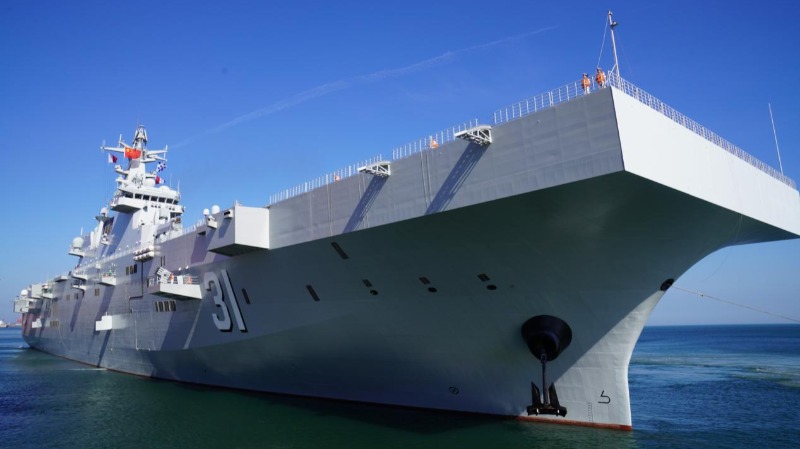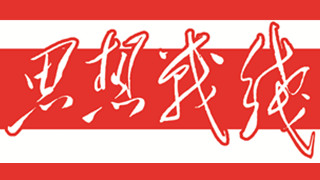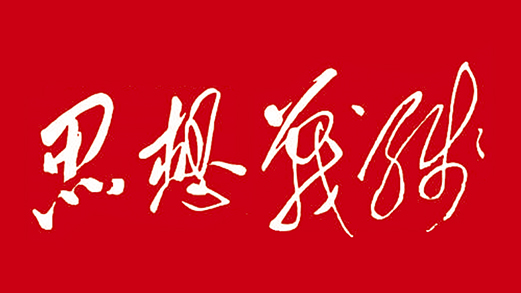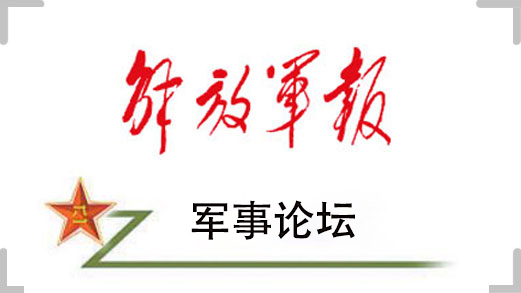By Wen Weiru
文威入
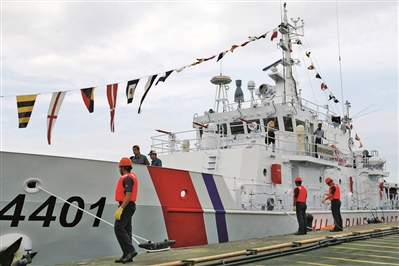
Japan deliveres maritime patrol boats to the Philippine Coast Guard. (File photo)
日本向菲律宾海上警卫队交付海上巡逻艇。(资料图)
According to Japanese media reporting, the Japanese government held a National Security Council meeting in early April and established a new foreign military assistance mechanism, which will be taken as the basis for providing weapons, military supplies and other military assistance to specific countries.
据日本媒体报道,4月上旬,日本政府召开国家安全保障会议,在会上确立新的对外军事援助机制,并将以此为依据向特定国家提供武器装备和物资器材等方面的军事援助。
It is reported that this new mechanism named Official Security Assistance (OSA)aims to assist certain developing countries to strengthen military capabilities by providing funds, weapons and equipment, as well as the construction of military airports, ports and other infrastructure.
报道称,这项新机制名为“政府安全保障能力强化支援”,旨在向特定的发展中国家军队提供援助,以帮助其提升军事能力。援助内容除了提供资金、武器装备外,还包括建设军用机场和港口等基础设施。
After World War II, the Japanese government learnt from the experience of Western countries and built the Official Development Assistance (ODA) mechanism to mainly assist developing countries in economics, politics and public livelihood. This mechanism is regarded as an important method to deal with post-war relations, revitalize the economy and improve the national image for the country. And Japan managed to ease tensions with Southeast Asian countries.
第二次世界大战后,日本政府借鉴欧美经验,创设“政府开发援助”机制,主要聚焦经济、政治和公共民生三大领域,向发展中国家提供援助。该机制是日本处理战后关系、提振本国经济、改善国家形象的重要手段之一。通过该机制,日本缓和了与东南亚各国的紧张关系。
Different from ODA which is confined to non-military fields, this new mechanism will focus on the military fields. In 2017, Japan revised the Self-Defense Forces Act to allow transferring second-handed equipment of the force to other countries for free or at a low price. Later, Japan provided, in batches, 12 patrol boats to the Philippines and another 9 patrol boats to Vietnam free of charge.
与仅限于非军事领域的“政府开发援助”机制不同,新机制将专注于军事领域。2017年,日本修订《自卫队法》,允许将自卫队的二手装备免费或低价转让给其他国家。此后,日本分批次无偿向菲律宾提供12艘巡逻艇,向越南提供9艘巡逻艇。
It is learned that this year Japan is planning to provide the Philippines, Malaysia, Bangladesh and Fiji with radar and satellite communication systems for surveillance of territorial watersand airspace . In addition, it also plans to offer communications systems to multiple other Indo-Pacific countries in 2023.
据悉,2023年,日本政府计划在该机制下,向菲律宾、马来西亚、孟加拉国和斐济4国军队提供对领海和领空进行警戒监视的雷达及卫星通信系统。此外,日本政府还计划在今年内向除菲律宾以外的多个“印太地区”国家提供通信系统。
The formation of this new military assistance mechanism symbolizes that Japan has blatantly broken the ban on international assistance for military purposes, and established an institutional military assistance system at scale. It is believed that Japan intends to achieve double purposes through the Official Security Assistance mechanism.
确立新的对外军事援助机制,标志着日本首次明确打破禁止将国际援助用于军事目的规定,将日本政府的军事领域援助机制化、规模化。外界认为,日本意图通过“政府安全保障能力强化支援”机制达到双重目的。
On the one hand, Japan aims to activate demands by assistance and accelerate weapon export. Since breaking the restraints of the Three Principles on Arms Exports in 2014, Japan has been acting frequently in the international arms market. It expects to hasten personnel training, equipment maintenance and upgrade, and other practical demands through continuous military arms assistance to certain countries, and gather overseas feedback on Japanese weapons to visualize purchase demands. It can also append some military trade conditions in tandem with military assistance.
一方面,以援助促需求,加快打开武器出口局面。自2014年突破“武器出口三原则”限制后,日本在国际军火市场动作频频。日本希望通过持续向特定国家援助军事装备,催生人员培训、装备养护升级等现实需求,并借此得到日本武器装备的海外使用反馈,进而获取更直观的采购需求。在提供军事援助时,还可以附加一些军贸条件。
On the other hand, Japan aims to exchange recognition by assistance and accelerate expanding regional military influences. With the institutionalized military mechanism, the Japanese government will allocate a certain amount of budget annually, and choose assistance targets from so-called applicant countries "with common value", in order to woo certain countries and pave the way for future joint military exercises, military exchanges and endorsement of bilateral documents such as Reciprocal Access Agreement. This will help Japan achieve the purposes of increase military presense, expanding military influence and enhancing military discourse power in certain regions.
另一方面,以援助换认同,加速扩充区域军事影响力。军事援助机制化后,日本政府每年将划拨一定额度的援助预算,在所谓“有共同价值观国家”的援助申请中遴选援助对象,以拉拢争取相关国家,为今后的联合军事演习、军事交流以及签署《互惠准入协定》等双边文件铺垫。这将有助于日本实现其在特定地区内渗透军事力量、拓展军事影响力、增强军事话语权的目的。
Japan has intended to become a "normal country" in politics and military for long. The formation of this new military assistance mechanism is another move of Japan after it lifted the ban on the right of collective self-defense, sent troops overseas based on constitutional interpretation, revised its security strategy and defense strategy, substantially increased military expenditures, and developed offensive weapons.
一直以来,日本意图在政治与军事上成为“正常国家”。确立新的对外军事援助机制是其继解禁集体自卫权、通过宪法解释实现海外派兵、修改安全战略和防卫战略、大幅增加军费、发展进攻性武器后的又一举措。
Recently, Japan has been strengthening its military presence in Indo-Pacific on the pretext of maintaining "freedom, democracy and rule of law". In late March, Japanese Prime Minister Fumio Kishida announced a new plan with the vision of a "free and open Indo-Pacific" during his visit to India, and promised to invest 75 billion US dollars by 2030 to support the infrastructure construction of developing countries in this region.
最近一段时间,日本不断以维持“印太地区”的“自由、民主、法治”为由,在该地区强化军事存在。3月下旬,日本首相岸田文雄在访问印度时,宣布以实现其“自由开放的印太”构想为目标的新计划,并承诺到2030年向“印太地区”投入750亿美元,用于支持“印太地区”发展中国家的基础设施建设。
Japan is expanding its influence in Indo-Pacific by economic means under the banner of a "free and open Indo-Pacific", and striving for weapon export under the guise of "military assistance", which will jeopardize the stability of the region.
日本打着“自由开放的印太”旗号,用经济拉拢等手段在该地区拓展势力范围,以“军事援助”为幌子,为武器装备出口铺垫的做法,将为地区稳定带来负面影响。










